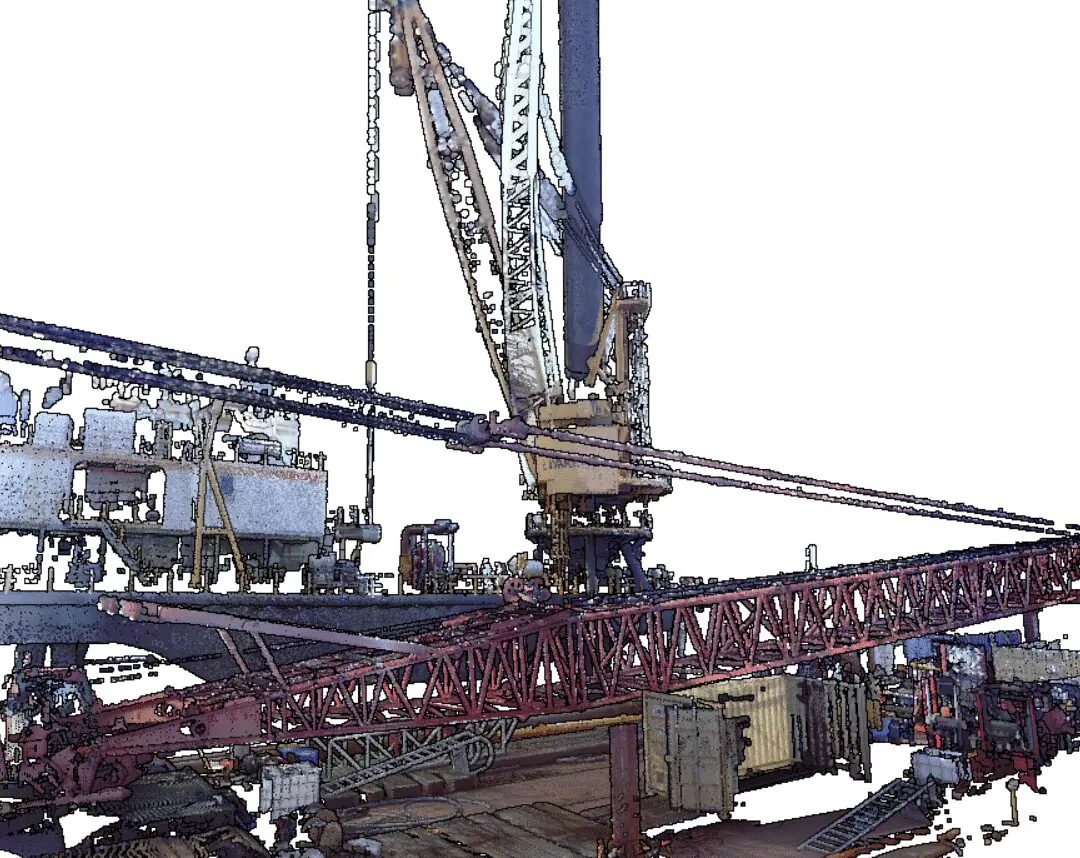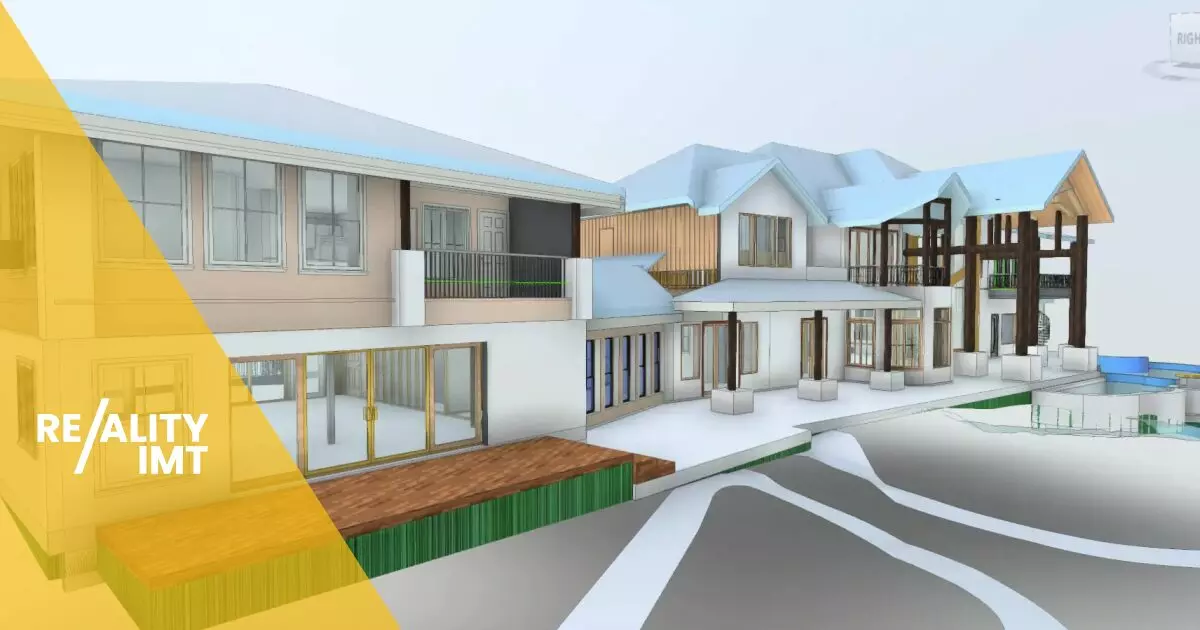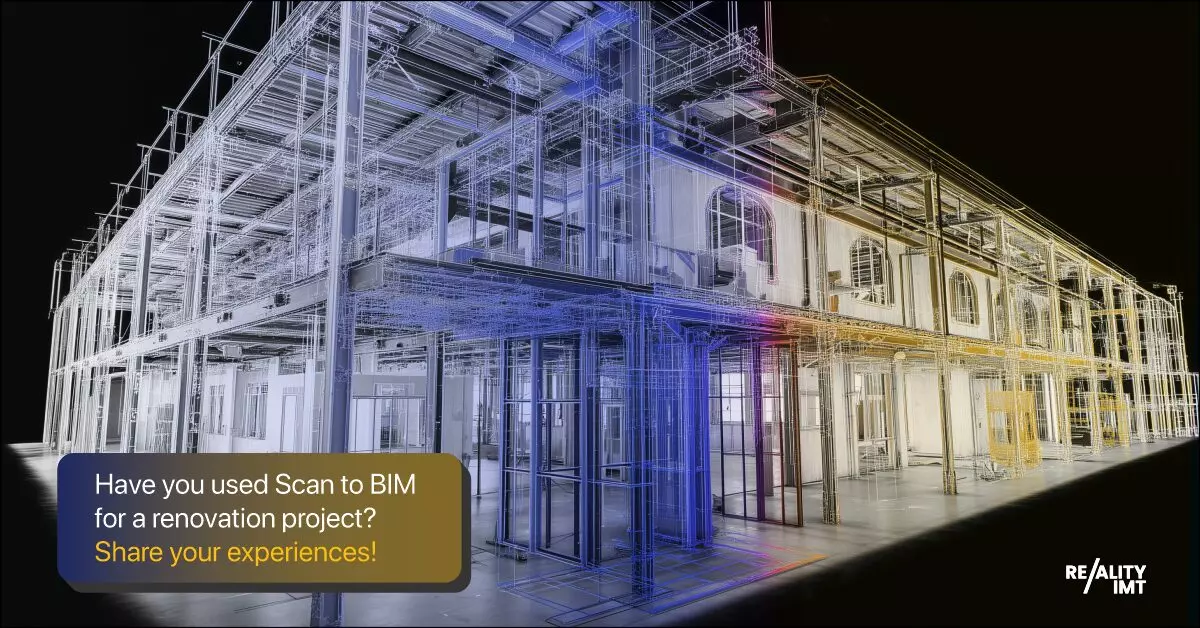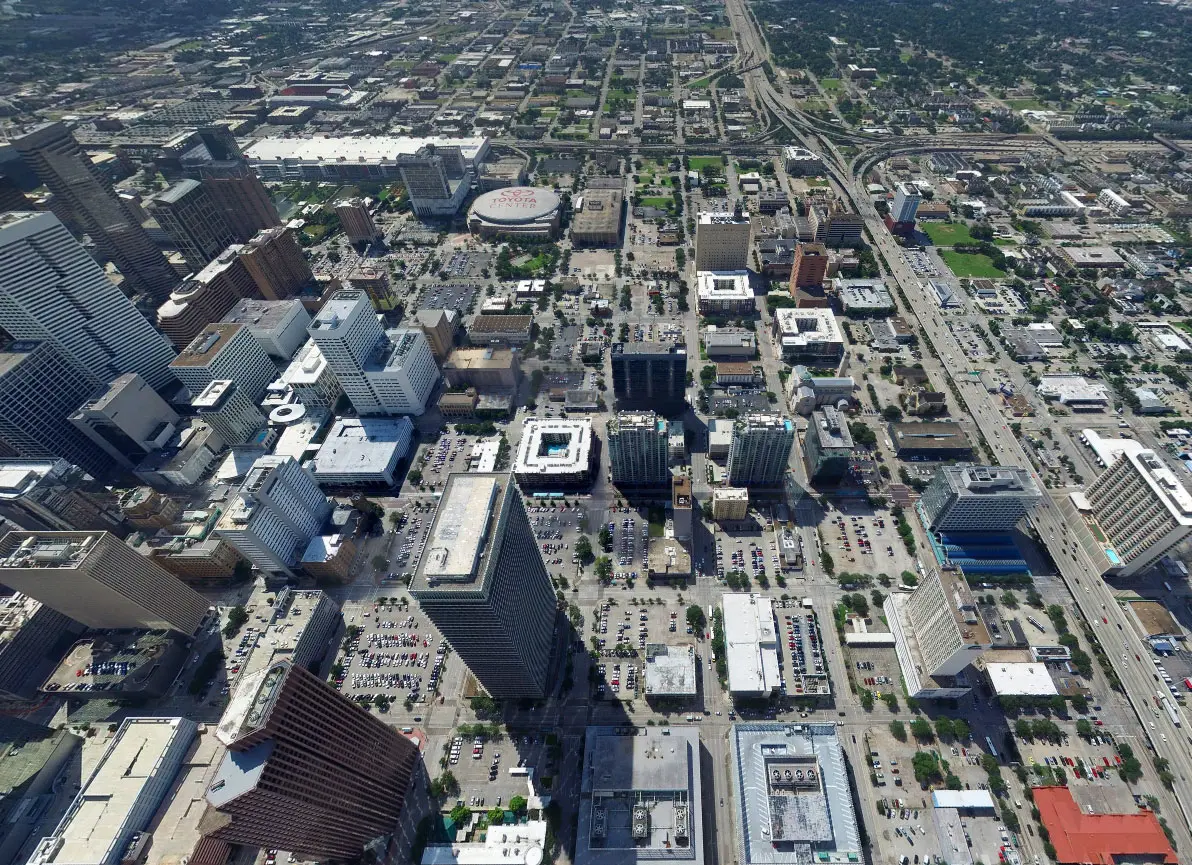As technology advances, 3D laser scanning has emerged as an invaluable tool in the oil and gas industry, particularly for drilling rigs. This technology has become essential for collecting precise measurements, creating accurate 3D models, and enhancing overall rig operations. By implementing 3D laser scanning, companies can increase efficiency, reduce risks, and ensure safety across every stage of drilling projects.
What is 3D Laser Scanning?
3D laser scanning is a high-tech surveying method that captures detailed information about physical spaces, objects, and structures. It involves using laser beams to create a 3D representation of the target, capturing dimensions and spatial relationships within a fraction of a millimeter’s accuracy. These scanned images are transformed into digital models, which can be used for planning, analysis, and quality control in drilling rig projects.
For drilling rigs, 3D laser scanning enables operators to accurately document the rig’s layout, identify potential issues, and carry out maintenance with a level of precision that traditional surveying methods cannot achieve.
Why is 3D Laser Scanning Essential for Drilling Rigs?
The oil and gas industry demands high levels of accuracy, especially for projects involving large-scale infrastructure like drilling rigs. With traditional measurement tools, achieving consistent and reliable accuracy across vast drilling operations was challenging. 3D laser scanning addresses this challenge by offering several benefits specifically suited to drilling environments:
- Precision: 3D laser scanning can capture minute details with extreme accuracy, which is vital for optimizing the performance and layout of drilling rigs.
- Speed: 3D laser scanning can capture data much faster than traditional methods, minimizing downtime.
- Safety: This non-contact method reduces the need for manual surveying in hazardous environments, protecting personnel.
The Role of 3D Laser Scanning in Rig Design and Construction
The design and construction of drilling rigs demand a high degree of precision and planning. Errors in measurements or structural misalignments can lead to costly setbacks or even hazardous conditions. Here’s how 3D laser scanning benefits the initial phases of drilling rig construction:
- Detailed Site Analysis: Before construction begins, 3D laser scanning can create a comprehensive digital model of the area. This model aids engineers in planning the layout of the rig, accounting for environmental factors and spatial constraints.
- Accurate Dimensions for Components: When building a rig, even minor inaccuracies in component sizes or placements can lead to major issues. 3D laser scanning ensures that each component aligns with the design specifications, minimizing delays and ensuring seamless assembly.
- Reduced Rework: Errors in the early phases of construction often lead to costly rework. By providing accurate measurements from the beginning, 3D laser scanning reduces the likelihood of construction errors, saving time and resources.
Enhancing Operational Safety with 3D Laser Scanning
Safety is one of the top priorities for any drilling project. Drilling rigs operate in challenging environments and often deal with heavy equipment, which poses risks for workers. With 3D laser scanning, safety can be enhanced across various operations:
- Hazard Identification: The data gathered from 3D laser scanning can identify potential hazards within the rig’s environment. This information is valuable for creating safety protocols and preventing accidents.
- Remote Monitoring: Because 3D laser scanning can capture data from a distance, it allows operators to inspect hard-to-reach areas without exposing personnel to dangerous conditions.
- Improved Risk Assessment: By providing detailed models of the rig and surrounding environment, 3D laser scanning helps operators assess risks more accurately and implement safety measures accordingly.
Maintenance and Inspection Benefits of 3D Laser Scanning for Drilling Rigs
Routine maintenance and inspection are essential for the longevity and efficiency of drilling rigs. Traditional inspection methods may require shutting down equipment and relying on manual measurement techniques. 3D laser scanning offers significant advantages over these methods:
- Minimizing Downtime: 3D laser scanning allows for rapid data collection without interrupting drilling operations. This is especially beneficial for time-sensitive projects where downtime could mean significant financial loss.
- Predictive Maintenance: By comparing 3D scan data over time, operators can identify wear and tear on specific parts. This information enables predictive maintenance, where parts can be repaired or replaced before a failure occurs, ensuring continuous operation.
- Accurate Documentation: With 3D laser scanning, every detail of the rig’s structure is documented. This data is invaluable for maintenance planning, helping to keep the rig in optimal condition.
Application of 3D Laser Scanning in Rig Decommissioning
When drilling rigs reach the end of their lifecycle, they require safe and efficient decommissioning. The dismantling of rigs can be as complex as their construction, and accurate planning is essential to prevent environmental impact and ensure safety. 3D laser scanning provides detailed information that facilitates the decommissioning process:
- Accurate Dismantling Plans: A 3D model allows for precise planning of the dismantling process, reducing the risk of accidents and environmental hazards.
- Waste Management: 3D scanning can identify salvageable components and materials, allowing companies to manage waste responsibly and recover value from reusable parts.
- Reduced Environmental Impact: By providing a clear view of the rig structure and surrounding environment, 3D laser scanning minimizes the chances of environmental contamination during decommissioning.
The Environmental Impact of 3D Laser Scanning on Drilling Operations
Sustainability is an increasing priority in the oil and gas industry. 3D laser scanning plays a significant role in minimizing the environmental impact of drilling operations:
- Resource Optimization: By providing accurate measurements, 3D laser scanning minimizes material waste during construction, operation, and decommissioning phases.
- Reduced Need for Physical Surveys: With 3D laser scanning, fewer manual surveys are required, reducing transportation needs and, consequently, the project’s carbon footprint.
- Enhanced Environmental Protection: 3D laser scanning enables careful planning of drilling activities, helping to protect sensitive areas and prevent unintentional damage to the environment.
Cost Efficiency and Time Savings with 3D Laser Scanning
3D laser scanning is an investment that offers significant returns in terms of cost savings and time efficiency. For drilling rigs, where expenses can accumulate quickly, the value of this technology is clear:
- Reduced Labor Costs: By eliminating the need for extensive manual measurements and inspections, 3D laser scanning reduces labor costs and allows teams to focus on other essential tasks.
- Efficient Project Management: The data from 3D laser scans helps in optimizing project timelines and reducing unexpected delays.
- Improved ROI: By minimizing errors, enhancing safety, and reducing downtime, 3D laser scanning increases the return on investment for drilling projects.
Applications of 3D Laser Scanning for Offshore and Onshore Drilling Rigs
3D laser scanning is versatile and effective in both offshore and onshore drilling environments, offering a range of benefits in each setting:
- Offshore Drilling: The remote nature of offshore rigs makes manual inspections challenging. 3D laser scanning provides comprehensive data that enhances planning and operational efficiency without requiring frequent site visits.
- Onshore Drilling: For onshore rigs, 3D laser scanning assists in planning layout, managing maintenance, and ensuring that equipment is positioned correctly, contributing to overall project efficiency.
The Future of 3D Laser Scanning in Drilling Rig Operations
As technology continues to evolve, 3D laser scanning is expected to become even more advanced, benefiting the oil and gas industry further. Emerging trends in 3D laser scanning include:
- Integration with AI and Machine Learning: Combining 3D laser scanning with artificial intelligence enables predictive analysis, allowing operators to anticipate maintenance needs and make data-driven decisions.
- Enhanced Portability of Scanning Devices: Portable and rugged scanning devices are making it easier to perform on-site scans in remote locations, reducing setup times and expanding the applicability of 3D scanning.
- Cloud-Based Data Management: The ability to store and access scan data from the cloud facilitates collaboration across teams and improves the accessibility of critical information.
Challenges and Considerations When Using 3D Laser Scanning for Drilling Rigs
While 3D laser scanning offers numerous benefits, there are also some considerations to keep in mind when implementing it in drilling operations:
- Initial Cost: Investing in 3D laser scanning equipment and training can be costly. However, the long-term benefits often justify the upfront expense.
- Data Management: The large amounts of data generated by 3D scans require effective management systems to ensure that information is accessible and organized.
- Skill Requirements: Operating 3D laser scanning equipment and interpreting data accurately require specialized skills, which may necessitate additional training for staff.
Conclusion: The Value of 3D Laser Scanning in Modern Drilling Rig Operations
In the world of drilling rigs, where precision and safety are paramount, 3D laser scanning stands out as an essential technology. By providing accurate, detailed information about rig structures and environments, this technology enhances safety protocols, improves maintenance processes, and contributes to more efficient project management. From construction to decommissioning, 3D laser scanning proves invaluable in ensuring the operational efficiency and environmental responsibility of drilling projects.
As a leader in 3D measurement and documentation services, RealityIMT is dedicated to helping companies harness the power of 3D laser scanning for their drilling rig operations. With experience across various industries, RealityIMT offers a range of services tailored to meet the unique needs of each client, ensuring precision, safety, and success at every stage of the project.
FAQs on 3D Laser Scanning for Drilling Rigs
- What is 3D laser scanning?
3D laser scanning is a technology that captures detailed measurements and spatial information about physical spaces and objects, creating precise 3D models. - How does 3D laser scanning benefit drilling rigs?
It improves precision, enhances safety, reduces downtime, and allows for accurate documentation of drilling rigs, optimizing both design and operational stages. - Why is precision important for drilling rig operations?
Precision is crucial to ensure components align correctly, prevent construction errors, and optimize the layout and performance of drilling rigs. - How does 3D laser scanning improve safety on drilling rigs?
By enabling remote monitoring and identifying potential hazards, 3D laser scanning reduces the need for manual inspections in dangerous areas, thus enhancing safety. - Can 3D laser scanning be used during rig construction?
Yes, it aids in site analysis, component alignment, and error reduction, ensuring that the rig meets design specifications from the start. - How does 3D laser scanning contribute to maintenance on drilling rigs?
It allows operators to monitor wear and tear on equipment, enabling predictive maintenance and minimizing unexpected failures. - What are the cost benefits of using 3D laser scanning?
It reduces labor costs, minimizes rework, and enhances project efficiency, resulting in long-term cost savings. - Is 3D laser scanning suitable for both offshore and onshore rigs?
Yes, it is effective in both settings, with specific benefits tailored to the challenges of each environment. - How does 3D laser scanning speed up project timelines?
By capturing data quickly and accurately, it reduces the time needed for manual measurements and inspections, streamlining project management. - Can 3D laser scanning help in rig decommissioning?
Absolutely. It provides accurate dismantling plans, supports waste management, and reduces environmental impact during decommissioning. - What is the environmental impact of 3D laser scanning in drilling operations?
It minimizes material waste, reduces the need for physical surveys, and supports careful environmental planning, helping to lower the project’s overall carbon footprint. - How does 3D laser scanning enhance predictive maintenance?
By comparing scans over time, operators can detect early signs of equipment wear and schedule maintenance before issues arise, ensuring smoother operations. - What are the main challenges of using 3D laser scanning?
Initial costs, data management needs, and the requirement for skilled operators are some of the main challenges. - Can 3D laser scanning reduce drilling rig downtime?
Yes, it allows for faster inspections and maintenance without stopping operations, which minimizes costly downtime. - What role does 3D laser scanning play in waste management during decommissioning?
It helps identify salvageable materials, allowing companies to manage waste responsibly and recover reusable components. - How does 3D laser scanning contribute to accurate documentation of rigs?
It creates a detailed digital model of the rig, which serves as a reliable reference for maintenance, planning, and upgrades. - What are the emerging trends in 3D laser scanning for drilling rigs?
Integration with AI for predictive analysis, portable scanning devices, and cloud-based data management are some of the latest advancements. - Is 3D laser scanning cost-effective in the long run?
Yes, by reducing labor costs, improving project efficiency, and minimizing errors, it offers significant cost savings over time. - Can 3D laser scanning replace traditional survey methods on rigs?
In many cases, yes. It provides faster, more accurate data collection, making it a preferred alternative to traditional surveying methods. - How does 3D laser scanning support sustainable drilling practices?
It reduces the need for manual interventions, minimizes material waste, and ensures careful planning, making drilling operations more environmentally friendly.



